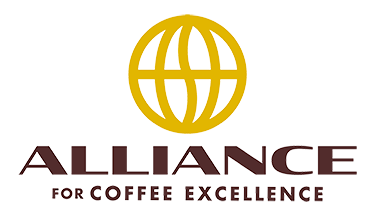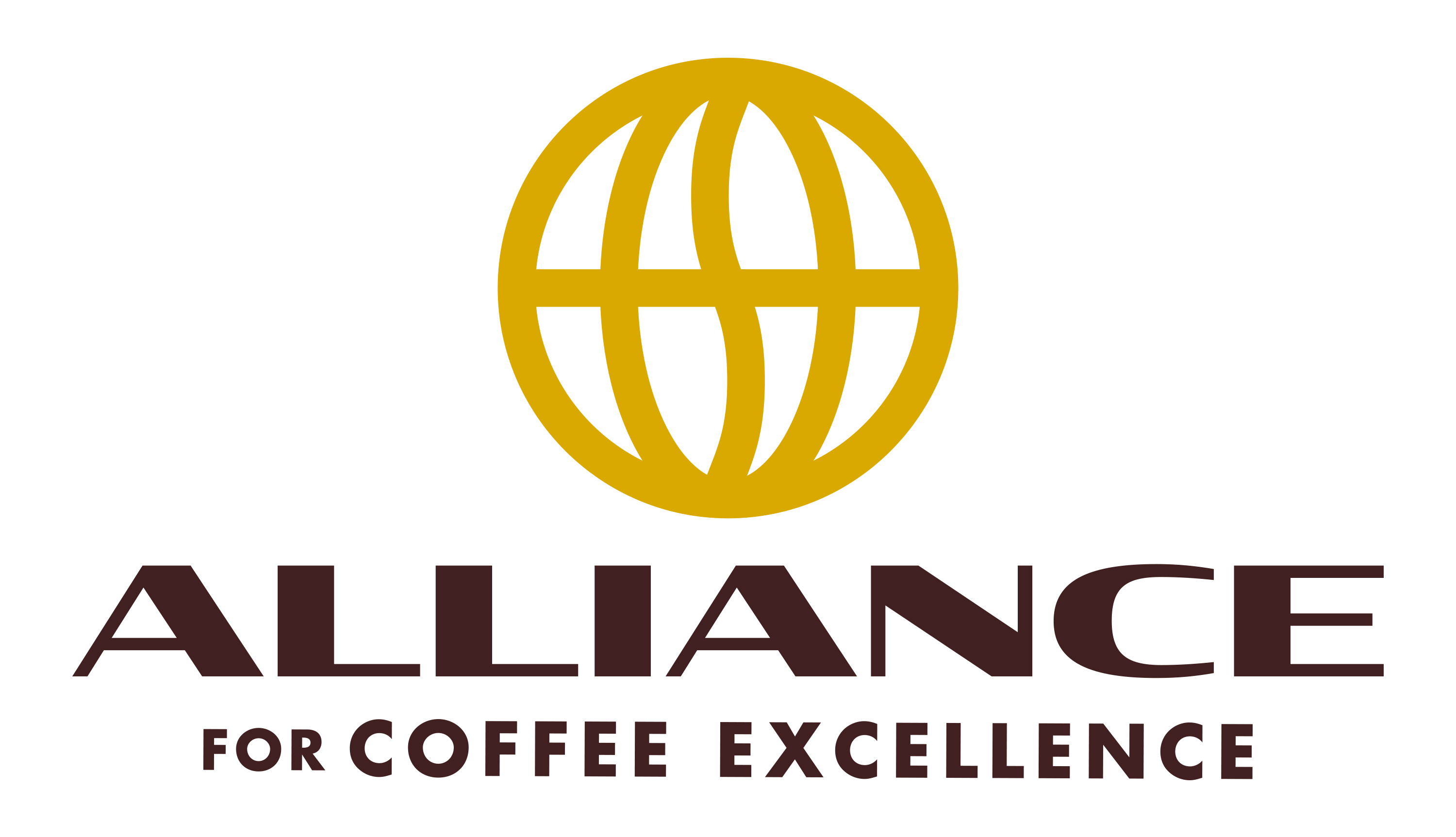85.24
Describe the history of your Farm: Your traditions? Has the farm since 1975, declared at the INA as a private land. He grew up in a coffee producers environment. The land was received as an inheritance from his father, Mr. Pedro Moreno, who taught him to cultivate coffee. Family generations? His father and grandfather are coffee farmers, and their economy depends 90% on coffee. Which technologies are used? A chemical and organic fertilization is performed. All the coffee pulp is integrated as a source of organic fertilizer. Cleans are done 2 times a year using the machete and Pando, shade regulation and selective pruning is carried out in the coffee. Describe the production process of your coffee from the ground to the cup....... How do you fertilize? When and how do you do it? Two applications of chemical fertilizer with the formula of nutricafe (18-3-18) at doses of 3 oz per tree are applied in July when the harvest ends. Coffee pulp is applied as a source of compost. How do you do pest controls? There is a natural low incidence of pests and diseases because of an ecological balance in the farm. What kind of shade do you use? Inga is used at 12 by 12 meters which gives 48 trees per Mz. The farm is located at an altitude of 1,600 meters above sea level. When and how do you harvest the coffee? It starts in February, ending in June. The coffee is cut selectively and individually, only the red grain, taking care before pulping, to separate the green and dry coffee. How do you transport the fruit to the wet mill and how long does it take? Its transported by mule. The mill is in the village of El Cedral, 200 meters from the farm. Do you have a motor pulper and what conditions is it in? Has a 4 jets stream pulper. Each year it is calibrated so it will not to crush the grain and its powered by an electric motor. What type of water is used to clean the coffee? Is it clean? Is it recycled? Clean water is used for washing the coffee after its reached its point of fermentation. How long do you leave the coffee fermenting? It takes for the fermentation of coffee 18 hours on hot days and 36 hours on cold days. How do you dry the coffee? Pre-drying is done in patios and solar dryers, and then moved to the San Vicente Mill at 45% humidity. How do you carry grain to the exporter or to the mill and how long does it take? It is transported in a pick-up vehicle; taking care that the bed of the vehicle is clean to avoid contaminating the grain. It takes 40 minutes to get to the mill. What are you doing to preserve the environment and ecology of your farm? Takes care of the existing forest, slight shade regulations are done, coffee pulp is buried and integrated to the farm as a source of organic fertilizer and the residual water produced from the first wash are deposited in oxidation lagoons to be consumed within the farm.
| Rank | 23 |
|---|---|
| Farm Name | El Cedral |
| Farmer/Rep. | José Rumaldo Moreno |
| Altitude | 1600 |
| Country | Honduras |
| Year | 2011 |
| Size (30kg boxes) | 45 |
| City | El Cedral |
| Region | Santa Bárbara |
| Program | Honduras 2011 |
| Month | - |
| Aroma/Flavor | brown sugar, caramel, cinnamon, red apple, vanilla, honey, walnut, plum, red apple, sweet tobacco, red wine, guayaba |
| Acidity | blueberry |
| Other | spicy, creamy mouthfeel |
| Processing system | Wet Process |
| Variety | IHCAFE 90 Pacas |
| Coffee Growing Area | 3.5 |
| Farm Size | 4.2 |
| Auction Lot Size (lbs.) | 2970 |
| High bid | 4.20 |
| Total value | 12474 |
| High bidders | Wataru & Co., Ltd. |


